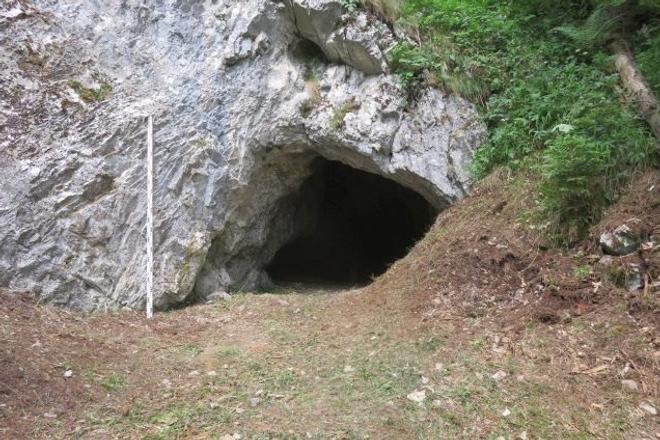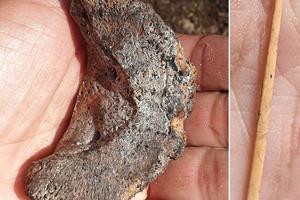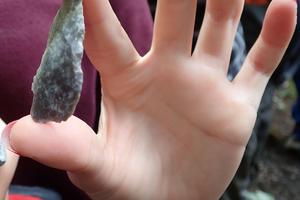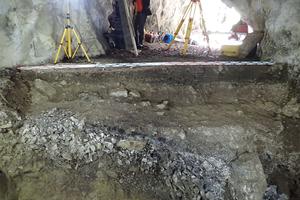Thousands of years ago, a cave in the Belianske Tatras, north Slovakia, served as a shelter for a group of hunters and gatherers during hunting seasons. Many game animals roamed the area, making it a very attractive place.
In the middle of the cave, a team of Polish and Slovak scientists uncovered a hearth with many archaeological finds, primarily stone working tools, as well as flints, a bone needle, perforated snail shell from a necklace, and sandstone lamp for lighting.
According to archaeologist Marián Soják from the Institute of Archaeology at the Slovak Academy of Sciences (SAV), the artefacts are typical of the western European Magdalenian culture dating from around 18,000 to 12,000 years ago.
Until now, it had been thought that this culture was widespread in Spain, France, and subsequently other parts of Europe, including Switzerland, Austria, Bohemia, and Poland, but did not cross the Carpathians. However, the new findings in north Slovakia say otherwise.





